As A Result Of Cracks And Turning The Asphalt Road Into A Hole
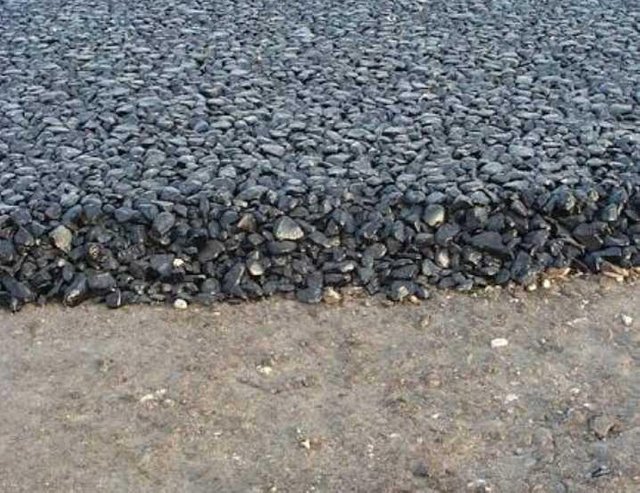
Economic activity is strongly supported by the availability of road infrastructure. Good roads facilitate relationships between different regions. Conversely, a damaged road will certainly hinder economic activity and could be the cause of accidents. Road damage is one of the most common problems in Indonesia, especially in roads with heavy traffic volume. The following types of asphalt road damage, its causes and solutions.
Fatigue and deformation of all asphalt layers. Types of asphalt road damage in the form of cracks and cracked deformations in almost all roads can be found, especially in interprovincial roads. The cause is none other than heavy vehicles that pass like buses and trucks. Heavy vehicle loads produce each layer of pavement strain and voltage occurs. The passing vehicle burden ends up causing cracks and tired deformations.
If the crack is tired and the deformation is let go, then when the rainy season can be sure the water will go into the cracks and change the cracks into larger holes. Therefore, for fatigue and deformation cracks to occur, repairs must be made with patches.
Roads with asphalt pavement are not really suitable for heavy vehicle types. Heavy vehicles should be directed to cross concrete roads that have stronger structures than roads with asphalt pavement.
Cracked
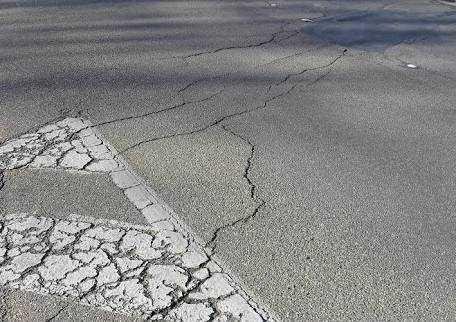
A good drainage system for asphalt pavement should be able to dispose or drain water quickly to an artificial drainage channel or to a river. The drainage system should also be able to dispose rain or water from other sources and control underground water which can cause erosion or lumbar splinting. The drainage system that has been built must be maintained and fully functional. The drainage system needs to be cleaned periodically from garbage and grass to keep the water flowing smoothly.
Ideally, the construction of roads with asphalt pavement should be accompanied by the construction of drainage systems. If not, can be ascertained damaged asphalt road can not be avoided. In building road drainage systems, there are several important things to note, including topographic conditions along the way to determine the shape and slope affecting water flow, analysis of maximum rainfall in one year in areas in asphalt road areas, and drainage system planning to avoid drainage disturbance.
Distortion
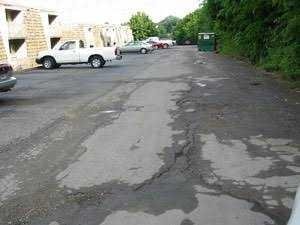
Asphalt road damage in the form of distortion is not sufficiently fixed just by patching it. Fixed distortion damage is quite complicated and time consuming. Distortion on the asphalt road should be fixed by scratching back, compacted again, then adding a new surface layer.
The compaction phase in the road building process should be done with caution. Compaction should be done to increase soil strength, minimize water effects in the soil and minimize water seepage in the soil. This compaction stage is carried out layer by layer so as to obtain ideal density.
This compaction stage generally uses the tool. For example, a three-wheel Mac Adam roller or roller weighing between 6 tons to 12 tons is used to condense rugged seed material, tandem rollers weighing between 8 tons to 14 tons which serves to obtain a rather smooth surface layer, and a weary pneumatic roller for grinding clay soil, sand and granular materials.
Obesity
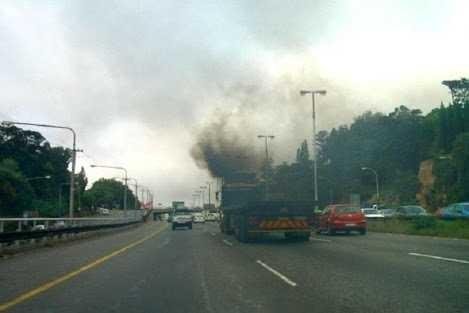
Hole
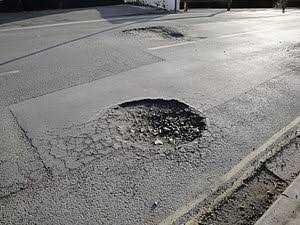
The holes in the asphalt road can be repaired by cleaning the holes first from the water as well as from the loose material. After that remove the surface layer and foundation as deep as possible to reach the most sturdy layer. Then add a binder or tack coat. Then fill with asphalt mixture with care. Integrate layers of asphalt mixture and pore surface so that it is evenly distributed with other road surface.
Asphalt paved holes that are not cleaned or disassembled first will only produce fragile patches. As a result the hole re-occurs just moments after the patch is done.
Wear
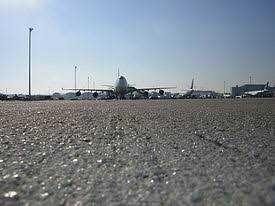
Wastewater may occur due to the unusable use of aggregate to cubic or aggregate wheels, such as round and slippery aggregates. This kind of damage can be overcome by covering the paved surface area of the paved road with buras, latasir or latasbun.
Peeling
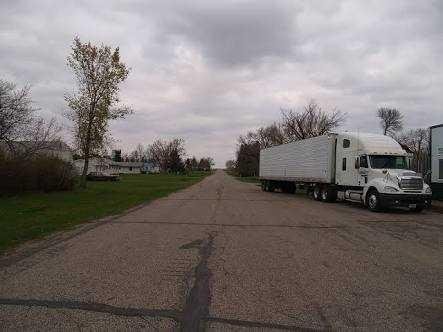
Well, that's an example of the type of asphalt road damage, its cause and its solution. Any type of damage occurring on the asphalt road needs to be observed before any remedial action, whatever is done to correct correct in a harmful way. With observations, improvements can be made more effectively and efficiently.



About The Science I Have Written:
Science: | Science: | Science: | Science: | Science: | Science: | Science: | Science: | Science: | Science: | Science: | Science: | Science: | Science: | Science: | Science: | Science: |